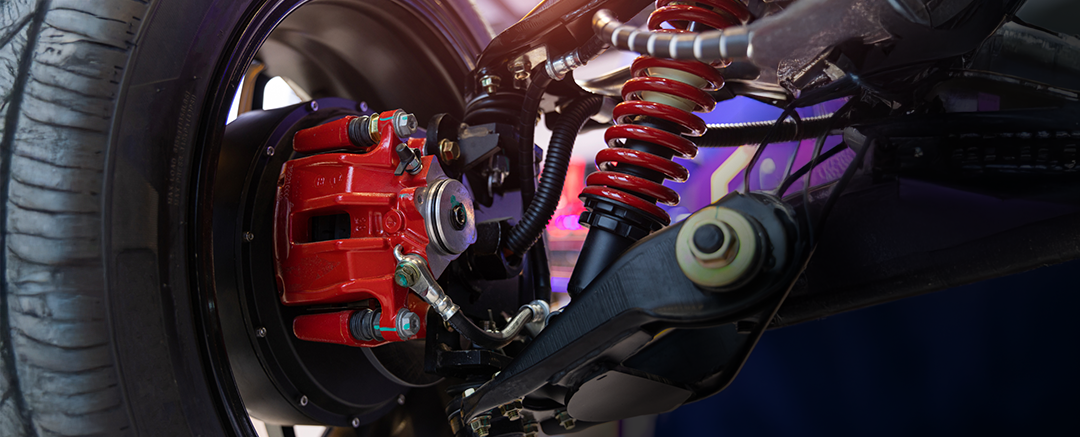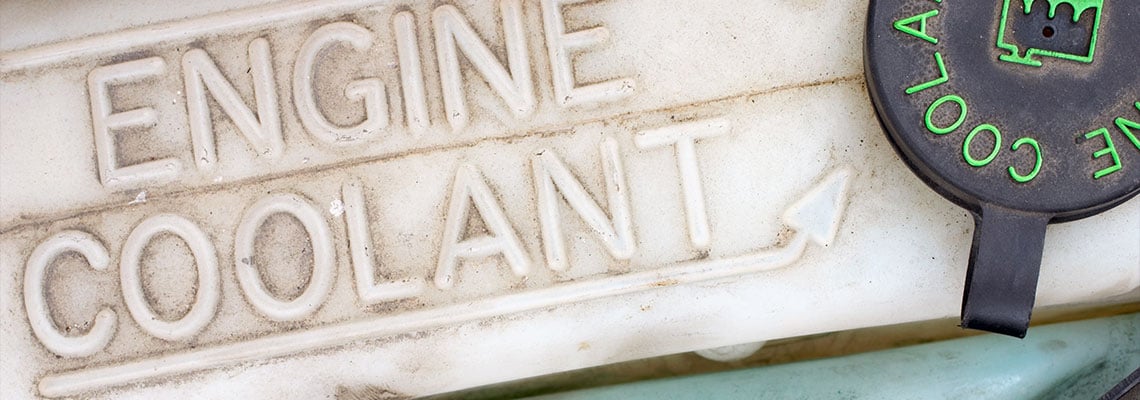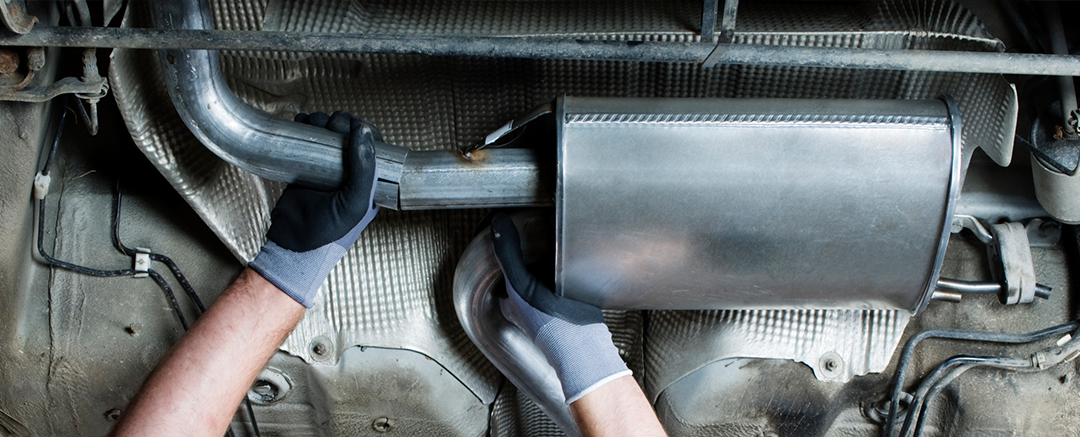A smooth ride starts with a healthy suspension system. Your vehicle relies on crucial suspension elements — shocks and struts — to prevent bouncing and dipping as you drive. If you notice your ride is feeling more rodeo than road trip lately, it may be time to replace your shocks and struts.
What Are Shocks and Struts?
Shocks and struts are both part of your car’s suspension system and can both be referred to as shock absorbers. When your car goes over a bump, the suspension’s springs compress, absorbing the bulk of the shock. Shock absorbers dampen the energy from the springs, allowing your car to return to its normal position smoothly and quickly.
Shocks and struts dissipate the energy the springs absorb, ensuring that your car doesn’t bounce continually after hitting a bump. They also help to ensure you have full control of your vehicle.
Even though they perform a similar function, they are not interchangeable. Every car’s suspension system has either a shock or a strut at every wheel, and while you might have both struts and shocks on your car (struts on the front, shocks on the rear), you won’t have both at the same axle.
Struts. You’ll most often mind struts on front-wheel-drive vehicles. Contained in the rigid strut housing, you’ll find a damping unit, coils spring and shock absorber. According to the Universal Technical Institute (UTI), “Struts help dampen the movements of coil springs, which are used to support the weight of a vehicle and keep it handling properly over bumps, hills and other imperfections in the road.”
Shocks. Shocks are oil-filled cylinders that dampen the movement of the springs in the car’s suspension. They help keep your car’s tires in contact with the road and aid in stability. Inside the shock absorber housing, there is a piston with a series of orifices and hydraulic fluid and steel discs that control the fluid flow rate.
According to UTI, “When the car’s suspension is moving, hydraulic fluid is forced through the holes in the piston. Only a small amount is let through, which slows the piston, affecting the movement of the springs and suspension.”
When shocks are working properly, you’ll notice less bouncing and swaying while you drive.
How Long Do Shocks and Struts Last?
With proper maintenance and careful driving, shocks and struts should last 50,000 miles or more — between four and five years on average. But there are factors that can increase wear to your shocks and struts and shorten their lifespan.
- Reckless driving. If you’re prone to aggressive driving, like slamming on the brakes, making fast turns or hitting the gas hard from a full stop, your shocks and struts will wear out sooner. Taking bumps in the road at a high rate of speed can also take a toll on your suspension.
- Poor conditions. Frequent travel on bumpy roads (think potholes, gravel roads or uneven terrain) can wear down your suspension system.
- Heavy loads. Making a habit of hauling heavy items, towing, or regularly exceeding the recommended weight limit for your car can strain or damage your suspension system over time.
- Neglecting maintenance. Without proper maintenance, your car's systems will degrade more quickly — and that includes suspension components like shocks and struts. Regular maintenance visits allow your mechanic to catch issues before they become major problems.
- Part quality. High-quality shocks and struts will last longer than low-end models. Talk to your mechanic about the best fit for your vehicle.
When to Replace Shocks and Struts
When your shocks or struts start to go bad, one of the first things you’ll notice is that it is harder to control your vehicle. While it may be subtle at first, there are some telltale signs it’s time to bring your car in for an inspection and likely a shock or strut replacement.
- Your tires are wearing unevenly, either from side to side or tread to tread.
- You notice fluid leaking from your shocks or struts.
- The steering wheel pulls to the left or right.
- The vehicle nose dips down when you brake suddenly.
- The ride feels extremely bouncy or uncomfortable.
- You hear strange noises like popping, clunking, or rattling on rough roads.
- You have difficulty controlling the vehicle’s speed.
- Your passengers sway or rock when you turn or during strong winds.
- The steering wheel doesn’t easily return to position after a turn.
- Steering becomes harder during turns.
- The steering wheel snaps back too quickly after a turn.
- The tires shake or vibrate after hitting a bump.
- You struggle to control the direction of the vehicle.
- The traction control light flickers while driving in normal weather.
- There are unusual noises when steering.
Types of Shocks and Struts
Shocks and struts come in a variety of styles. The ones you choose depend on your vehicle’s needs and your driving style. These are among the most common types:
Twin-tube (standard). These are ideal for most everyday driving situations. They offer reliable absorption and a smooth ride in standard road conditions.
Gas-charged. Good for enhanced stability and handling, these shocks contain nitrogen gas for a smoother ride.
Monotube. This type of shock absorber is commonly found in race cars. They’re best for performance vehicles because they deliver quick response and a stiffer ride, giving the driver more control.
Adjustable. Adjustable shocks let drivers fine-tune their vehicle’s suspension to find the right balance between comfort and handling amid different road conditions. The average driver won’t need this level of customization, but they’re a good fit for gearheads who like total control over their ride.
Talk to your technician about what type of shocks and struts they recommend based on your vehicle and how you plan to use them.
How Often Should I Check My Shocks and Struts?
Shocks and struts should be part of your regular maintenance schedule. Your mechanic will check them with every tire rotation or when you report a noticeable issue like those outlined above. If you drive on rough terrain or carry heavy loads, have them checked more frequently.
How Much Do Shocks and Struts Cost?
The cost to replace shocks and struts will depend on your vehicle and the replacement type you choose. While there are special circumstances where your mechanic will recommend replacing just one shock or strut, they’re almost always replaced in pairs.
For standard shocks, materials cost can range from $80 to more than $200 per pair. Struts cost more — anywhere between $300 and $760. Labor ranges from $100 to $300, depending on how complex the replacement is. For strut replacement, you should also factor in the cost of an alignment.
Ready to Replace?
Worn shocks and struts reduce your car’s handling and braking efficiency, posing a safety risk. Ignoring any noticeable problems with your shocks and struts can also cause additional wear on other components, driving up repair costs down the road.
If you’ve spotted any signs of failing shocks and struts, or if it’s time to come in for your regular maintenance visit, make an appointment at your nearest Rainbow Muffler and Brake location right away.















